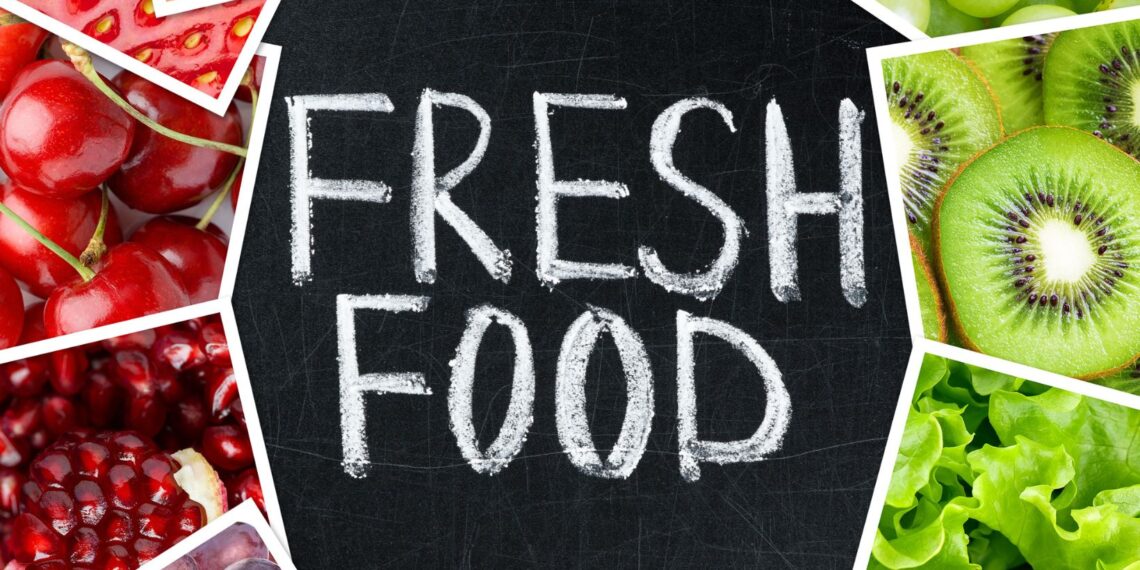The crisp freshness of store-bought vegetables, such as raw carrots or green vegetables, provides a simple delight. However, it might be difficult to maintain the freshness of perishable items after they have been brought inside.
Are you looking for a way to keep your food products fresh? Keep reading this article to learn how!
Tips to Keep Your Food Products Fresh
Here are a few suggestions for prolonging the shelf life of your perishable goods.

Save Produce Bags for Use as Storage
Some veggies, including tomatoes, onions, and ginger, rot quicker when stored in the fridge. Store your root veggies somewhere dry and cool for maximum freshness but not quite as cold as your refrigerator.
Without access to a root cellar, the best way to extend root vegetables’ storage life is to keep them cold and out of the sun.
Ripen Avocados at Room Temperature
Failing to find an avocado that isn’t rock hard when you try to make avocado toast is one of life’s most heartbreaking experiences. Keep avocados at room temperature until they are ripe, then transfer them to the refrigerator to stop the ripening and keep them ready to eat for breakfast.
After slicing them in half, save the stone and sprinkle on some lemon juice to extend their shelf life.
Use a Vacuum Sealer
Vacuum sealers are essential in preserving the quality of perishable items. These convenient appliances make it easy to store food indefinitely by vacuum-sealing it in plastic containers or bags. You can also use ready to eat meal packaging for storing food products.
Additionally, you may use a vacuum sealer to keep yesterday night’s supper fresh in the fridge for another day.
A Sealed Container is Best for Storing Raisins
A properly stored raisin will take years to deteriorate, but a few weeks in the wrong environment can turn them dry and rubbery. Storage in an airtight container, such as a jar or tub, will keep your raisins plump, moist, and ready to be sprinkled over your morning porridge. However, if they dry up, a two-hour bath in hot water should revive them, though prevention is always preferable.
You Should Store Food in Pop Containers
It’s not uncommon for dry goods like oatmeal, crackers, and other snacks to get stale and unpleasant if left in the cupboard after they’re no longer needed. Avoid throwing old crackers, pasta, and other cupboard selections by putting dry items into air-tight containers once you’ve unpacked the original packing.
Before Eating, Avoid Separating Bananas
You may feel like you’re being very efficient by dividing up your ‘nanas’ into individual servings. However, the key to preventing them from turning brown is to leave them together as much as possible.

To keep bananas fresh for as long as possible after purchase, it is recommended that their stems be wrapped in cling film and removed just before eating. Depending on the climate, you may get an additional few days out of your ripe bananas.
Put Some Ice on Your Salad
If your leaves look sad, you may revive them by dividing them and soaking them in a sink full of cold water for 5-30 minutes.
Place Tissue Paper in the Salad Box
To prevent the condensation from forming in your crisper while your vegetables cool, line it with a couple of sheets of kitchen roll. Because the paper absorbs excess moisture, your perishables will stay fresher for longer, and you won’t have to spend your Sunday scrubbing cucumber muck off the shelves of your refrigerator.
Conclusion
Preserving the quality and freshness of your food items is a terrific way to get the most out of them and give them a longer shelf life. Whether you want to continue eating your fruits, veggies, and crackers without worrying about their safety, check to see if they are still okay to consume.














